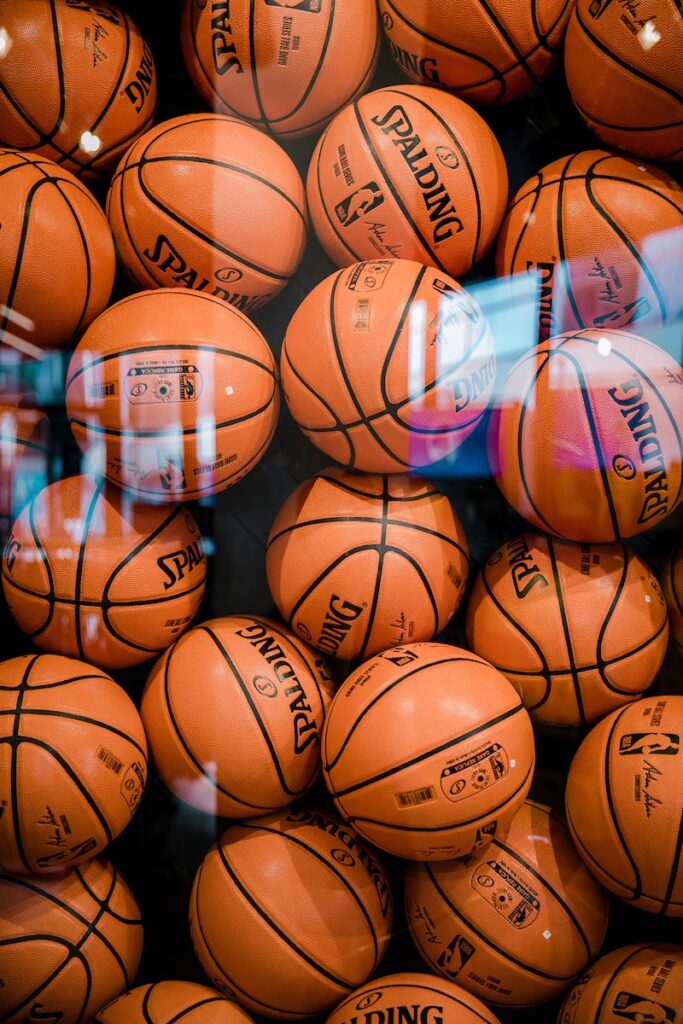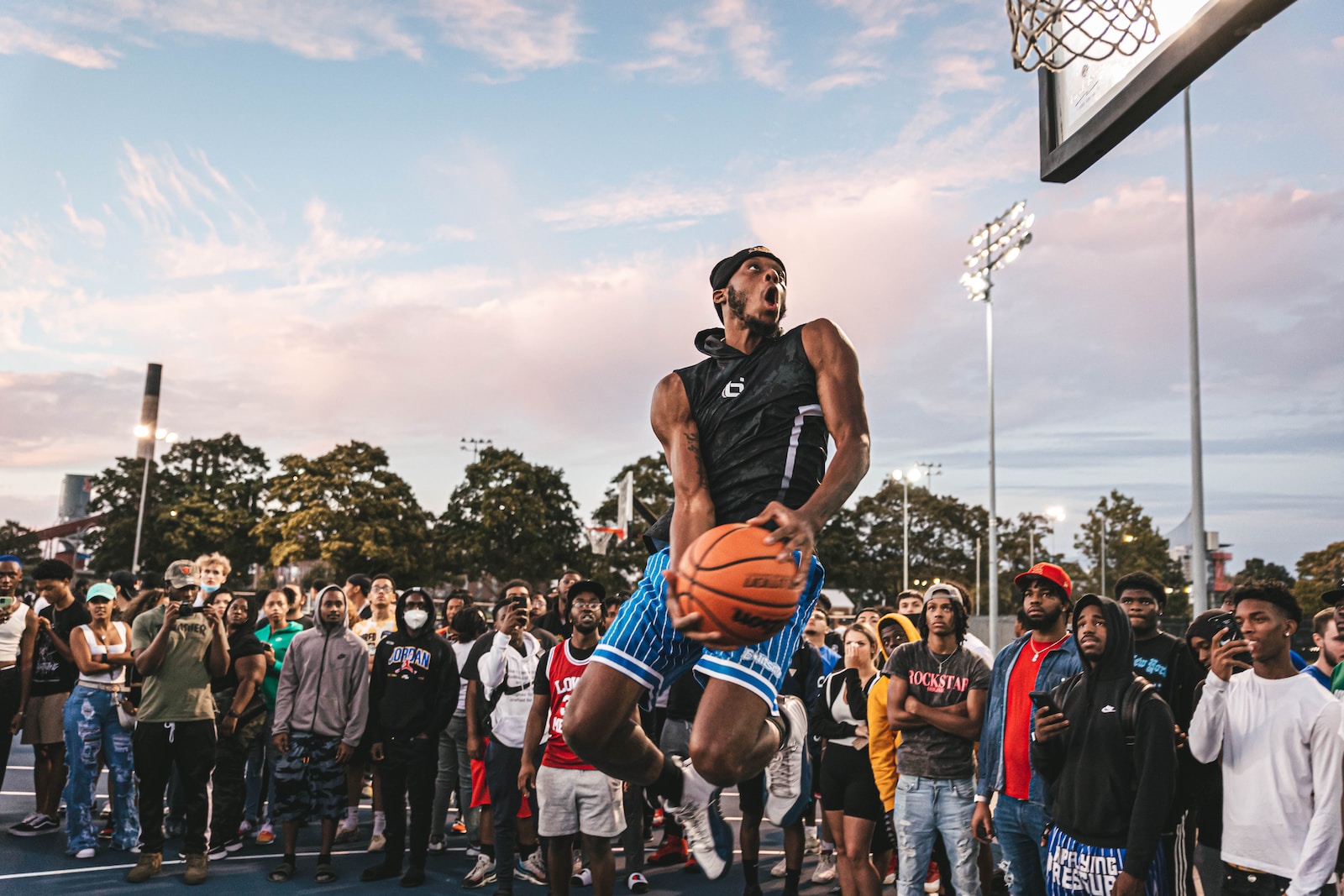Basketball isn’t an easy sport to learn, and sometimes the hardest questions to answer are the ones that you don’t even ask in the first place. That’s especially true for the main basketball topic that we plan on covering here today. Because some people might not actually know the answer to this one. Are you allowed to lift a player in basketball?
Technically, yes you are able to lift another player. However, you’d have to do so with proper lifting techniques and a few other requirements, making it basically useless for you to do so in a game. There really isn’t any type of situation on the basketball court that would require you to literally pick another player up and move them to a different location. The time that it would take to lift them, even if they know that they are going to be lifted, makes it immediately not worth doing so.
There is certainly more to cover with this question though because it isn’t something that’s necessarily covered in the rule book due to the complexity of the question. And of course, because players usually don’t think about lifting another player in the middle of a game, so it’s always an afterthought in their minds.
Lifting Properly
The first thing to say here is that even if a league or pick-up basketball game does allow you to lift another player, you’d have to do so responsibly. The biggest thing is that the player you are lifting needs to be aware that they will be lifted. You can’t just run over to somebody else, grab them, and lift them into the air without them knowing. Doing so could cause them to freak out initially and cause themselves to create bad momentum back down to the ground. This causes falls that could injure their heads, neck, shoulder, and back.
So, once they are made aware, you have to lift properly. They have to be properly supported, and not just tossed into the air with whatever strength you have. For example, it would be best to get your legs locked in to support them and to lift them upwards with both arms in order to give them the best support. This is better than just sort of grabbing them and lifting them with one arm, even if they are incredibly light. Again though, most professional leagues likely wouldn’t allow this due to the weirdness of the situation. Plus, it wouldn’t help your team. The time it would take to lift them wouldn’t make it worth it.
There Are Better Options
Speaking of lifting another player not being worth it, there are so many other things that could be done instead of doing that. To put this into perspective, you’d lose about five to ten seconds of game time by trying to lift another player into the air. This takes two players on the court out of the game entirely for that stretch and gives the other team a two-man advantage if you’re playing five on five. If the opposing team simply doesn’t go near you two in the middle of the floor, then you’d be useless while lifting them. In that same span, they could generate any type of shot that they want on offense.

If you are playing defense, you could instead just spread out and stick to your matchup like how you would handle the game normally. If the opposing player is taller than you, you could call for some help defense and double team them to give yourself and advantage in that situation. It’d be far better and more effective than trying to get somebody lifted up.
Lifting The Opposing Team
Lifting doesn’t always mean physically picking somebody up into the air with two hands. Sometimes, it could mean that you got enough force under somebody to kind of lift them off the ground and out of the way. This could be done against your opponent’s sometimes in an effort to get yourself and advantage over them wherever you are on the floor. Unfortunately, this would be illegal to do. You aren’t able to just lift an opposing player off of their spot and move them to a different one. If you do so when trying to box out for a rebound, you’d be assessed a foul. You’d also be hit with a technical if you attempt to literally pick up an opposing player and run them away from the play.
The bottom line is that it’s going to be incredibly beneficial for you to simply stay away from lifting anybody on the opposing team. Regardless of your definition of lifting another player, making contact with players on the other team usually results in a foul when it comes to this sport.
Blocking Shots
One of the reasons you might think to lift another player on the court is to block a shot. Let’s say that you are very undersized against your matchup. Your matchup happens to stand over seven feet tall in height. They dominate over you, and you need a way to even the playing field when they go up for a layup in the post. In order to stop that, you tell your teammate to lift you up into the air in order for you to be able to have the height needed to block their shots. This would instantly be called a blocking foul.
It might not make sense for this to be called a blocking foul, but by definition, referees will usually call this in professional leagues. In pick-up games, you might be able to get away with this due to the creativity needed in order to pull this off effectively. However, it would still take some timing to be able to even do so successfully in any situation.
Catching Somebody Or Picking Them Up
Now, of course, you are able to lift somebody up off the ground if they fall. It doesn’t matter if it is your teammate or your opponent, this is absolutely legal. Helping somebody up when they fall down is actually a staple when it comes to basketball. LeBron James in particular used to tell his teammates to stay on the ground if they fall until their teammate comes to help you up.
As for catching somebody, you can lift them up if they are falling as well. You’d have to be careful if they are falling at an incredibly awkward angel, but we’ve seen players catch other falling players before. Steven Adams in the NBA has caught a few of his teammates and opponents falling onto the ground to stop them from getting severely injured.
